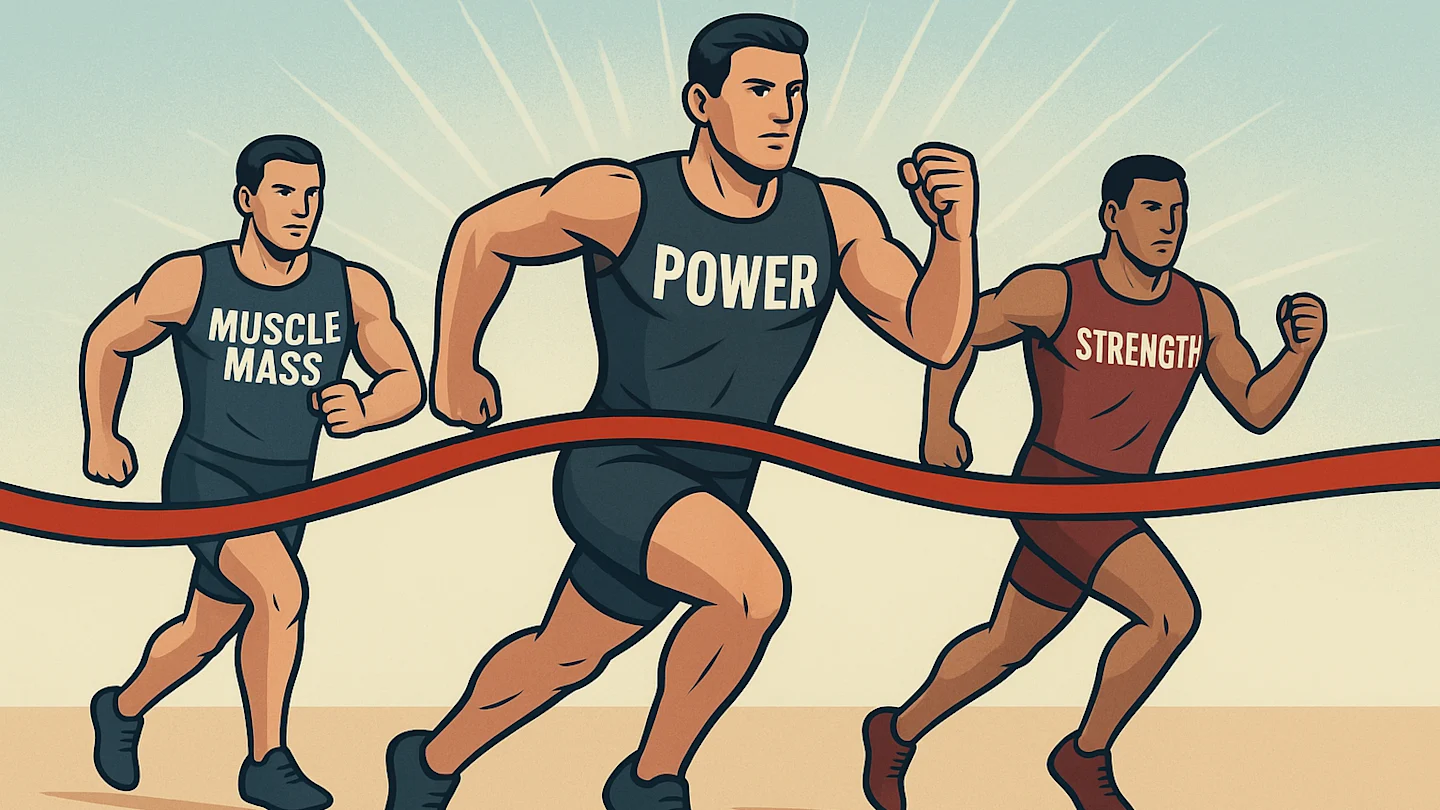
Sarcopenia – the gradual decline in skeletal muscle mass, strength, power, and capacity that occurs with age – is familiar to nearly all. What individuals do not know is that sarcopenia may start as young as 35 years of age, particularly in individuals who do not exercise with weights.
Without hammering away at iron, muscle is lost at the rate of 3–8% ten years after 30, declares the most recent research. At age 50, loss is 5–10% per decade, and after 60, adults shed roughly a pound of muscle per year. Not good for anyone who’s having trouble keeping Father Time at bay.
Why Muscle Is More Important Than You Think
Muscle is not just a strength or aesthetic issue; it plays a critical role in overall health, longevity, and metabolic well-being.
Glucose Regulation – Muscle metabolism of glucose makes one more insulin-sensitive and less prone to type 2 diabetes.
Caloric Burn – Muscles burn calories at rest and enable individuals to maintain a healthy weight and body composition.
Myokine Production – Myokines are secreted by muscle and are strong signaling molecules that affect the metabolism, bone density, immune system, brain, and levels of inflammation.
The research is simple, the more muscle you have, the healthier you will be, the more energy you will have, and the better chance you have of living a long and healthy life.
Muscle Power vs. Muscle Strength
Although everyone is concerned with building muscle strength and size, muscle power—the ability to produce force within a limited amount of time—diminishes with age. The reason for this is that Type II muscle fibers (used for explosive movement) wither away relative to slower Type I fibers.
Why is this important?
Because muscle power allows you to execute those quick, reflexive movements…like when you catch yourself from falling.
Why is this important?
Falls are among the top causes older adults have for hip fractures, and breaking a hip significantly increases your risk of dying. Simply put, most older adults who break a hip never go home and resume regular life.
Power retention isn’t only for athletic performance; it’s for independence and survival.
How to Retain Muscle and Power
We all know how to build muscle through training, but sustaining power is slightly more different. Old-fashioned strength training is required in order to build a foundation of strength that can later be transformed into power. In order to actually train muscle power itself, however, we need to move beyond the generic resistance-based training most of us learn.
Power is an excellent friend when coached with safe movement that allows a person to perform movements with intent and velocity. Olympic lifts and kettlebells will definitely produce power, but are too complex for newbies and also pose greater injury risk. For most beginning and even intermediate lifters, simple is safer and a better solution.
Enter the “Holy Trinity of Power”: Throw, Jump, Sprint.
Throw: Ballistic medicine ball throws (e.g., slams, rotational throws, and overhead throws) are effective, safe, and fun. Medicine ball throws demand little entry level and can be used by almost anyone, ranging from children to older adults, to condition explosive strength in a safe way.
Jump: Greater purposeful plyometrics, such as box jumps, broad jumps, or lateral hops, are excellent power-developing drills. Proper landing mechanics, integrity of the joints, and adequate strength are prerequisites, however, to avoid injury. Those with lower-limb injury or at advanced age may require exclusion or drastic modification of jump training.
Sprints: Short, all-out attempts, such as 40-yard sprints, bike sprints, or rower intervals, develop explosive, cyclical power. Sprints running, in particular, require solid form, good structural conditioning, and incrementally progressive increases…especially if you haven’t been running much.
Because power places higher loads on your muscles, joints, and nervous system, the guidance of an experienced coach or trainer can be especially helpful.
A coach can:
Test your current mobility and strength levels.
Teach proper form to reduce the risk of injury.
Modify exercises to your ability and progress them safely.
And hold you accountable and keep you training at the right intensity.
By adding strength training to your foundation with specialized power training using the Power Trifecta and, ideally, with a coach, you can build the muscle mass you need, then teach it how to move quickly, efficiently, and with strength. This two-pronged strategy not only maintains you strong and capable but also protects against falling, injury, and mobility loss as you age.
The Final Say
Muscle building and maintenance is not just about looking strong…it’s being able to function and remain independent as you age. Muscle power, in particular, may be the missing ingredient of increased performance, injury prevention, and overall health.
Start power training, and the strength and muscle will follow.
Recommended Articles



